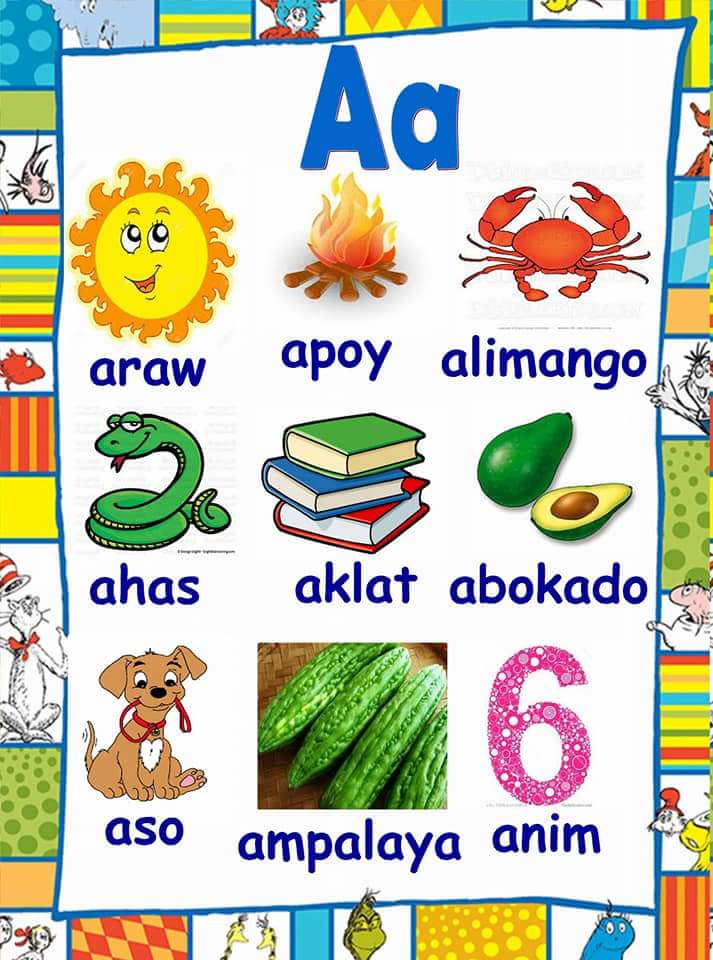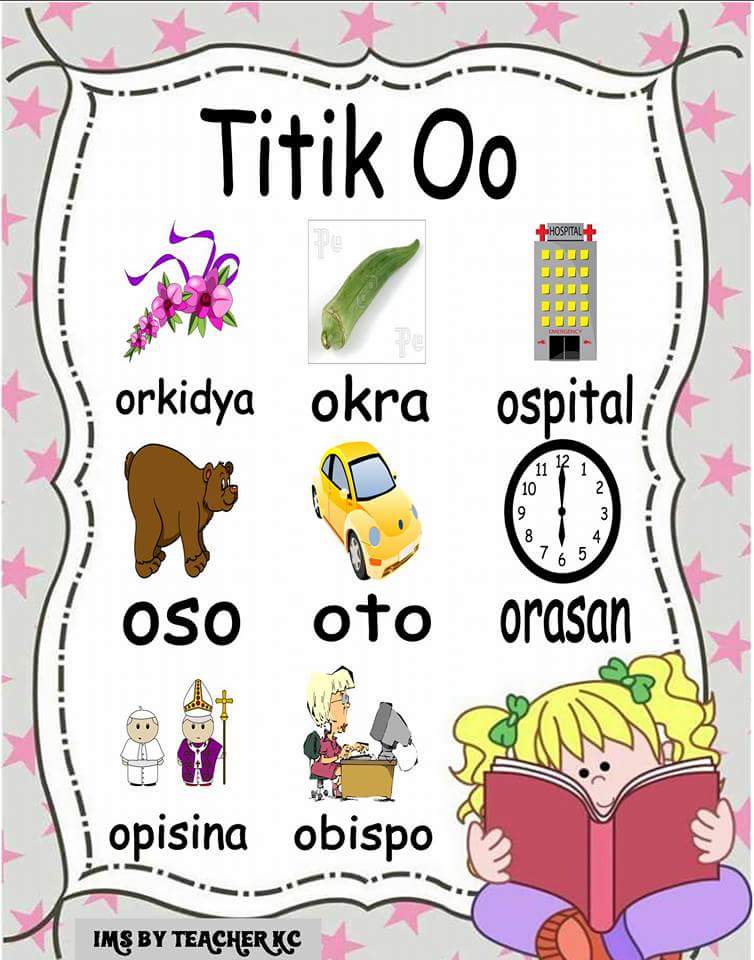Animals Starting with S: A Deep Dive

Ever wondered how many amazing creatures in the animal kingdom have names that start with the letter 'S'? From slithering snakes to soaring swallows, the diversity is truly astonishing. This exploration delves into the world of these "S" animals, highlighting their unique characteristics, ecological roles, and the challenges they face in a changing world.
The letter "S" unlocks a menagerie of animal life, showcasing the incredible biodiversity of our planet. We'll journey through a variety of habitats, from the depths of the ocean to the soaring heights of the sky, encountering creatures both familiar and exotic. This exploration will uncover fascinating details about their behavior, diet, and adaptations that allow them to thrive in their respective environments.
The importance of animals that begin with "S" in maintaining ecological balance cannot be overstated. Snakes, for instance, play a crucial role in controlling rodent populations, while spiders help regulate insect numbers. Seals, as apex predators in some marine ecosystems, contribute to the health and stability of those environments. Understanding the roles these animals play is crucial for conservation efforts.
Unfortunately, many animals beginning with "S" face significant threats, including habitat loss, climate change, and human-wildlife conflict. For example, deforestation impacts the habitats of sloths and spider monkeys, while rising sea levels threaten coastal nesting sites for sea turtles. Addressing these challenges is paramount to ensuring the survival of these incredible species.
Let's embark on this alphabetical adventure, uncovering the secrets and struggles of animals whose names begin with "S." From the smallest salamander to the largest shark, each creature has a unique story to tell. By understanding these animals better, we can appreciate the intricate web of life on Earth and work towards protecting its diverse inhabitants.
Animals with "S" names are found across various classes, from mammals like seals and sheep to reptiles like snakes and skinks, birds like sparrows and swans, and fish like salmon and sharks. Their historical significance varies, with some, like sheep, being domesticated for millennia, and others, like sharks, holding ancient lineages.
For example, Salmon are anadromous fish, meaning they are born in freshwater, migrate to the ocean, and return to freshwater to spawn. This complex life cycle makes them vulnerable to changes in both freshwater and marine environments.
Benefits of studying these animals include a deeper understanding of biodiversity, ecological dynamics, and the impact of human activities on wildlife. This knowledge can inform conservation strategies and promote sustainable practices.
One challenge related to studying "S" animals, like snow leopards, is their elusive nature and remote habitats. Solutions include using camera traps and satellite tracking to monitor populations and movements.
Advantages and Disadvantages of Studying "S" Animals
| Advantages | Disadvantages |
|---|---|
| Increased understanding of biodiversity | Difficulty in studying elusive species |
| Improved conservation strategies | Limited access to remote habitats |
FAQ:
1. What are some animals that start with S? Snakes, spiders, seals, sheep, sharks, skunks, sloths, scorpions, swallows, swans.
2. Why are these animals important? They play crucial roles in various ecosystems, from controlling prey populations to maintaining biodiversity.
3. What are some threats they face? Habitat loss, climate change, pollution, and human-wildlife conflict.
4. How can we help protect them? Support conservation organizations, reduce our environmental impact, and advocate for wildlife protection policies.
5. Are all "S" animals endangered? No, but many face significant threats and require conservation efforts.
6. Where can I learn more about these animals? Zoos, aquariums, nature documentaries, and scientific publications.
7. How do snakes contribute to the ecosystem? They control rodent populations and are a food source for other animals.
8. What makes sharks important? They are apex predators, helping regulate marine ecosystems.
Tips and tricks for learning about "S" animals include visiting natural history museums, participating in citizen science projects, and exploring online resources like wildlife databases and conservation websites.
In conclusion, the world of animals starting with "S" is a testament to the incredible diversity of life on Earth. From the smallest salamander to the largest shark, each creature plays a vital role in maintaining ecological balance. Understanding their unique characteristics, their importance in their respective ecosystems, and the challenges they face is crucial for effective conservation efforts. By continuing to learn about and appreciate these animals, we can contribute to a future where they thrive alongside us. Take action today by supporting conservation organizations, reducing your environmental footprint, and advocating for policies that protect these fascinating creatures and their habitats. Let's ensure that future generations can continue to marvel at the wonders of the animal kingdom, from the slithering snakes to the soaring swallows, and all the incredible "S" animals in between.
Aries monthly predictions hindustan times decoded
Decoding the mysteries of old dupont paint codes
Navigating the madness espn expert bracket predictions











